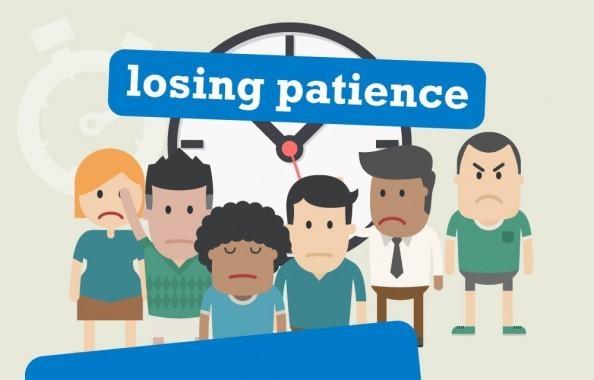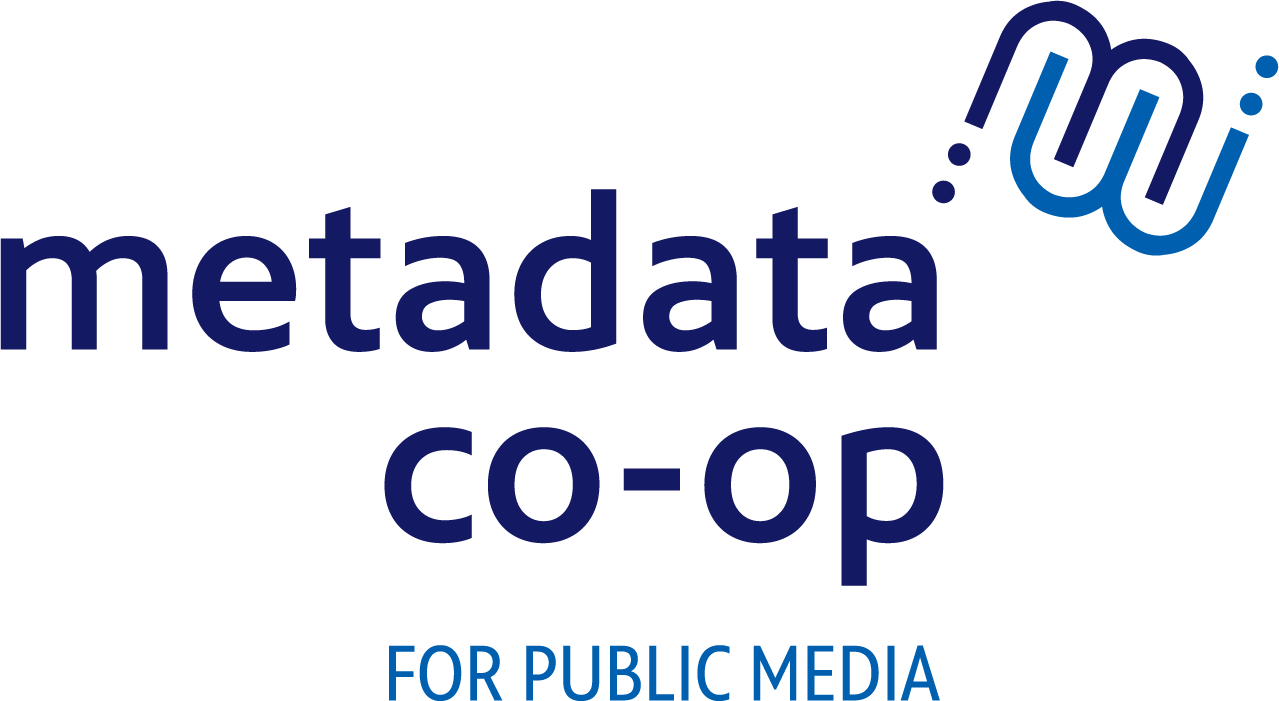Speed up Information Retrieval
We reach a certain point in our careers when relying on others to retrieve information becomes the norm. Information about production, upcoming schedules or even a crossplatform report identifying where our shows can be found, can be a true test of patience.
In our last metadata article we talked about metadata schemas. Metadata schemas provide guidelines on how to organize and connect information; in other words, metadata schemas are examples of standards.
Metadata standards unblock information retrieval hurdles.
Standards are essential for cross-team collaboration so as to retrieve information in a uniform way.
There are many metadata standards in television. The first standards to appear in television were around broadcast engineering, ensuring that hardware could work together to enable content distribution. Broadcast engineers learned early on to ask, “Why waste time reinventing the wheel when common standards can plug into everyday processes?”
Metadata standards came later, but are no less crucial. Upstream professionals have found standards to underpin compatibility between departments, interoperability across linear and non-linear platform teams, and ultimately to improve time-to-market between PBS Member Stations and their viewers. This improves information findability internally and enhances viewers’ ability to access consistent, accurate descriptions of content.
Alignment
Realizing the benefits of standardization requires alignment to common industry standard(s). How hard can that be? Well, as someone once said, the good thing about standards is that there are so many to choose from.
Comcast, TiVo, Movielabs, and Cablelabs formed an industry consortia to leverage existing metadata standards to bring efficiencies across the entire entertainment supply chain;EIDR (the Entertainment ID Registry) was the result. A case study from Warner Brothers highlights the impact that adoption of EIDR can have on invoicing, consolidated financial reporting, avails as well as cross-platform distribution to XBOX. You can read more about that case study in this slide deck on EIDR's site, posted here for download.
To adopt EIDR, Enterprise Metadata Management (EMM) is a discipline to help organizations manage metadata alignment practices. There are many facets to this; the first step is to focus on high-value information that is shared between departments and systems. The next step is to select a metadata standard most appropriate for your organization.
EMM is not about managing all information. There will always be information that is local, sensitive, highly specialized, or that for some other reason should not, or need not, be managed at an enterprise level. Rather, EMM is about forming a culture where a crucial component of that is being standards-based.
Standards, Interoperability, and Alignment

Looking for the single source of truth, can be a true test of patience
onepoll.com





